Cormorant Mug – Wildlife on the Canal
£9.99
Description
Our Cormorant mug from our ‘Wildlife on the Canal’ series.
Printed in high resolution, the cormorant image and text is featured on two sides of the mug and can withstand up to 3000 dishwasher cycles!
This charming canal wildlife mug would make a great gift for a birdwatcher or nature lover.
Microwave safe, too, this coffee or tea mug is made from white ceramic.
A few facts about the cormorant
The Cormorant, a striking and adept water bird, is often spotted along canals in the UK. Known scientifically as ‘Phalacrocorax carbo’, these birds are large and predominantly black with a long neck and a distinctive hooked bill, suitable for fishing.
Cormorants are excellent divers and are often seen plunging into canal waters to catch fish, which is their primary diet. They can dive to considerable depths and stay submerged for lengthy periods to hunt. After a successful catch, they are frequently observed perched on a bank or a post near the water, wings outstretched to dry their feathers in the sun, a behaviour that’s become a characteristic sight. This distinctive posture is due to the fact that their feathers get waterlogged, unlike many other water birds, which helps them dive deeper but requires them to dry off afterwards.
In the UK, cormorants are typically found in coastal areas but have increasingly been seen inland, especially along rivers, lakes, and canals. Their presence on canals reflects their adaptability and the abundance of fish in these habitats. While they were once mainly winter visitors, many now reside in the UK year-round, often nesting in colonies in trees near water bodies.
Cormorants are sometimes a subject of controversy, particularly among fishing communities, due to their efficient and voracious fishing habits, which can lead to conflicts over fish stocks. However, they play a significant role in the aquatic ecosystem, serving as indicators of healthy fish populations and water quality.
Their nesting habits involve building large nests out of sticks and other materials, often in trees or on cliffs near water. During the breeding season, they display a white patch on their thigh and their face becomes more vividly coloured, adding to their distinctive appearance.

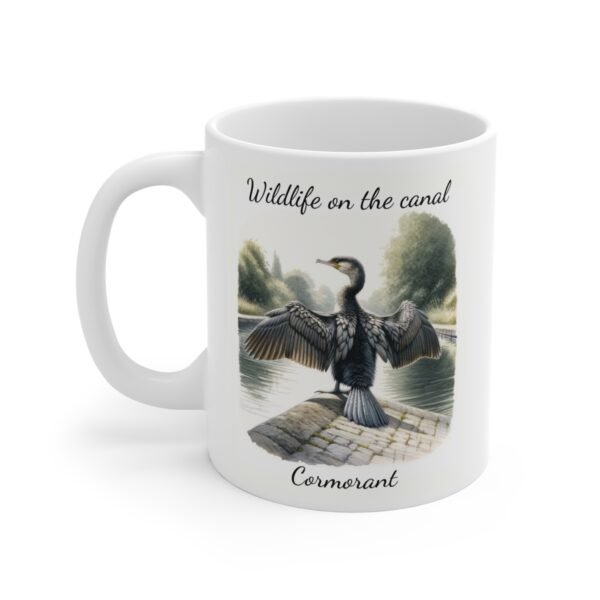

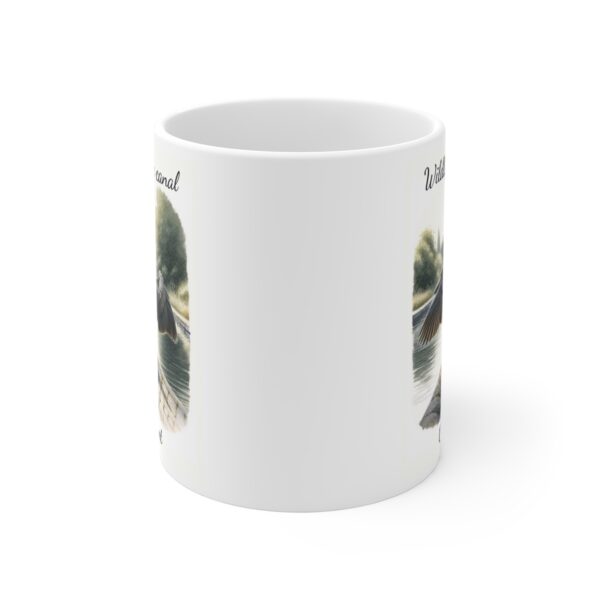
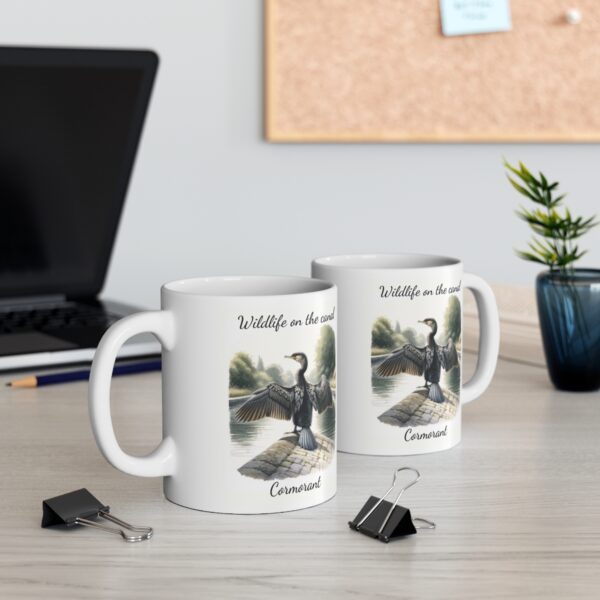







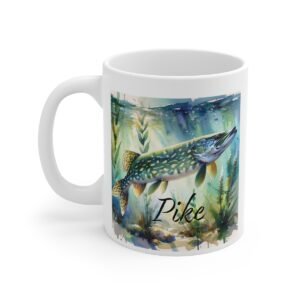

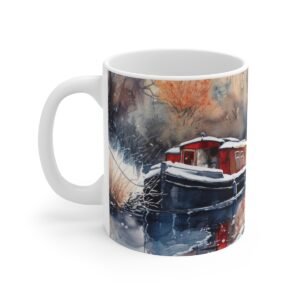
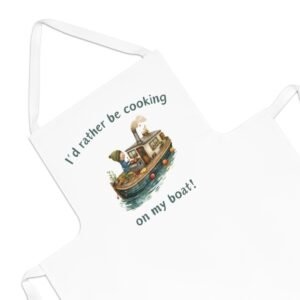
Reviews
There are no reviews yet.